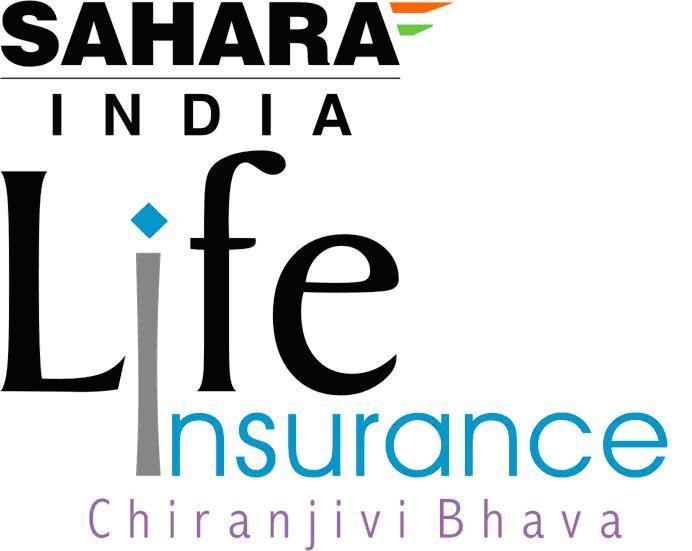Everything About Section 10 (10D) of Income Tax Act, 1961
Table of Contents
The tax benefit is one of the advantages of purchasing a life insurance plan. Life insurance is an important tool that provides financial security for you and your loved ones. The life insurance policyholders are eligible for tax benefits under Section 80C and Section 10 (10D) of the Income Tax Act of 1961. Most of us are aware of Section 80C, under which we can claim tax benefits for a premium paid against the policy. In this article, we’ll guide you through Section 10 (10D) of the Income Tax Act of 1961 in detail.

Section 10 (10D) of the Income Tax Act, 1961
Under Section 10 (10D) of the Income Tax Act, 1961, the policyholder is eligible for a tax deduction on the lump sum amount and accrued interest (if any) received for their life insurance policy. A lump sum amount can either be a maturity or death benefit. You can claim this tax benefit on various life insurance products, including ULIPs. However, in the case of ULIPs, the aggregate premium should be less than Rs. 2.5 lakhs in a financial year at the time of maturity.
Eligibility Criteria For Section 10 (10D) of the Income Tax Act, 1961
The eligibility criteria to avail of tax deductions under Section 10 (10D) of the Income Tax Act, 1961, are highlighted below.
- You can claim a tax deduction on all kinds of life insurance claims.
- The policyholders are eligible for tax exemption on both maturity and death benefits, inclusive of accrued bonuses.
- A lump sum amount received for Keyman Insurance Policy is not eligible for tax exemption.
- There is no maximum claim amount for life insurance policies.
- You can claim Section 10 (10D) tax deductions on both Indian and foreign life insurance companies.
- Premium paid during a particular financial policy tenure should not be more than 20% of the sum assured. This rule is applicable for all life insurance plans purchased between 1st April to 31st March 2012.
- The premium payment should not exceed 10% of the sum assured for insurance plans purchased on or after 1st April 2012.
- The annual premium of a life insurance policy must not be more than 15% of the sum assured amount during any year of the entire policy tenure for the plans purchased on or after April 1, 2013. Moreover, an individual must meet the following criteria:
- An individual must be disabled or diagnosed with a disability, according to Section 80U of the Income Tax Act, 1961.
- Any individual suffering from a disease covered under Section 80DDB of the Income Tax Act, 1961.
How Does Section 10 (10D) of the Income Tax Act, 1961 Work?
Here’s how tax deductions are computed under Section 10 (10D) of the Income Tax Act, of 1961.
If the maturity benefit received for your life insurance policy is not eligible for tax exemption under Section 10 (10D) of the Income Tax Act, 1961, a lump sum amount received is subject to TDS as per the following criteria:
- 2% TDS will be deducted from the entire maturity benefit on the submission of the PAN card.
- If the policyholder does not submit their PAN card, 20% TDS will be deducted from the total maturity benefit.
Exceptions Under Section 10 (10D) of the Income Tax Act, 1961
Listed below are the exemptions under Section 10 (10D) of the Income Tax Act, 1961.
- The benefit received for a Keyman Insurance Plan.
- If you receive the amount under sub-section (3) of Section 80DD or sub-section (3) of 80DDA of the Income Tax Act, 1961.
- Any amount received for an insurance plan bought on or after April 1, 2003, but before March 31, 2012, and premium paid for any given year during policy tenure is higher than 20% of the actual capital sum assured.
- The amount received for a life insurance policy purchased on or after the 1st of April 2012, and the premium paid for any year during the policy tenure is more than 10% of the actual sum assured provided that:
- The provisions of sub-clauses ( c) and ( d) may not apply to the death benefit.
- Further, it was provided to calculate the actual capital sum assured under sub-clause (c ).
Wrap Up
In conclusion, life insurance protects you and your loved ones in case of unforeseen financial circumstances. Aside from this, a life insurance plan also provides certain tax benefits on the premium paid against an insurance policy and the maturity or death benefit received by the policyholder.
Also read: Types of ITR Forms You Should Know About



























